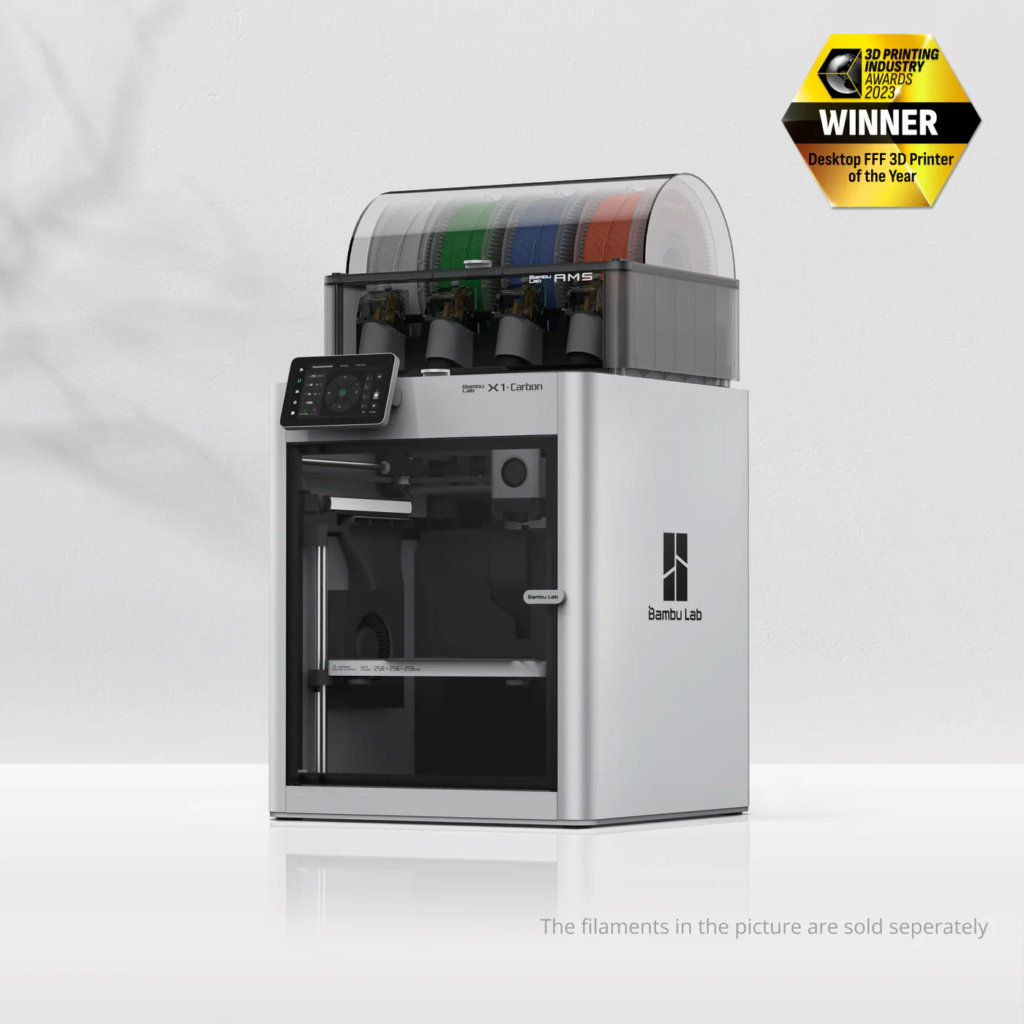Diving into the world of 3D printing is like opening the door to endless creativity and innovation. Given the many options available, choosing the right 3D printer can feel overwhelming for a maker. Whether you’re a seasoned creator or just starting out, finding a printer that matches your needs and budget is key to transforming your ideas into tangible reality.
What is 3D Printing Technology
3D printing lets you create three-dimensional objects from digital files. It layers material, often plastic or resin, to form detailed structures. This revolutionary tech offers endless possibilities for those eager to bring their ideas to life.
Importance of Selecting the Right 3D Printer for Makers
Choosing the right 3D printer matters for makers aiming to turn concepts into physical objects. With so many options, finding the best 3D printer that matches your projects and budget improves creativity and satisfaction. I remember picking my first printer and being overwhelmed with choices changed everything. Balancing features and costs helped me embrace my creative side without being very costly.
Why Choose a 3D Printer from Bambu Lab?
Bambu Lab offers top-notch 3D printers, making creation straightforward. Once I used their model, I immediately noticed its precision and speed. These printers integrate advanced features like high-resolution printing and user-friendly interfaces, catering to novices and experts. No more tinkering endlessly to get the perfect print; Bambu Lab designs with makers in mind. Plus, they stand out as one of the best 3D printer brands, constantly pushing the boundaries.
Types of 3D Printers
Choosing the best 3D printer involves understanding the different types available. Each type has its quirks and benefits, making it suitable for diverse projects.
| 3D Printing Technology | Description | Advantages | Disadvantages |
| FDM (Fused Deposition Modeling) | Melts and extrudes plastic filament through a heated nozzle, layer by layer, to form the object. | Cost-effective and widely available materials | Lower resolution compared to other technologies |
| Easy to operate and maintain | Limited in producing intricate details | ||
| Versatile with numerous material options | |||
| SLA (Stereolithography) | It uses a laser to cure liquid resin into solid layers, ideal for high-resolution and detailed work. | – High precision and fine details | Requires post-processing of parts |
| – Smooth surface finish | Resin can be expensive and messy | ||
| – Ideal for intricate designs | |||
| DLP (Digital Light Processing) | It is similar to SLA but uses a digital projector screen to flash each layer onto the resin tank, allowing for fast curing. | – Very fast curing and production | Resins are pricey and often toxic |
| – Excellent detail and resolution | Limited build volume compared to FDM | ||
| – Good for batch printing |
Once, I experimented with an FDM printer for a personal project, seeking an affordable option to prototype my design. Its versatility and ease of use made it a breeze to iteratively refine the model, even if the details needed to be more razor-sharp. Such practical experiences help decide which type best suits your needs.
Key Features to Consider
Choosing the best 3D printer means understanding critical features. Consider these aspects to make a well-informed choice.
Build Volume
Build volume affects the size of objects you can print. Choose a printer with a volume matching your intended projects. A larger build volume, like 300x300x400 mm, is ideal for large prototypes. In contrast, smaller volumes, around 150x150x150 mm, suit compact designs and aid in saving space and materials. I once needed to print a scale model of a car and found my 200x200x200 mm printer just right for the job.
Print Quality
Print quality refers to details and smoothness. Printers vary based on layers’ thickness; thinner layers produce finer details. For high precision, consider SLA or DLP printers that offer resolutions of 25 microns or less. FDM printers, sometimes the best 3D printer choice for budget-conscious users, usually provide resolutions of around 100 microns, which is acceptable for most hobbyists.
Speed and Reliability
Speed varies with technology and settings. Like some FDM models, Faster printers complete prints in a few hours, but slower speeds often enhance detail. Assess reliability by checking for features like heated beds and quality feeder systems that minimize errors. I opted for an FDM printer known for its consistency, which significantly reduced my failed prints.
Material Compatibility
Material compatibility influences project outcomes. Ensure your printer supports the materials you plan to use, like PLA, ABS, or resin. FDM printers often handle various filaments, with ABS requiring higher temperatures. In contrast, resin printers focus on specific resins. This flexibility is crucial when experimenting across projects, providing distinct textures and strengths.
Conclusion
In the exciting world of 3D printing, choosing the right printer is like finding the perfect tool to unleash your creativity and turn your ideas into reality. With many types and features to consider, from FDM’s accessibility to SLA’s precision, there’s truly a fit for every maker. Whether you’re a beginner or a seasoned pro, matching your projects with the ideal printer—like the dependable, high-quality options from Bambu Lab—can make all the difference. So dive in, explore the endless possibilities, and let the right 3D printer empower you to bring your unique creations to life! Happy printing!




